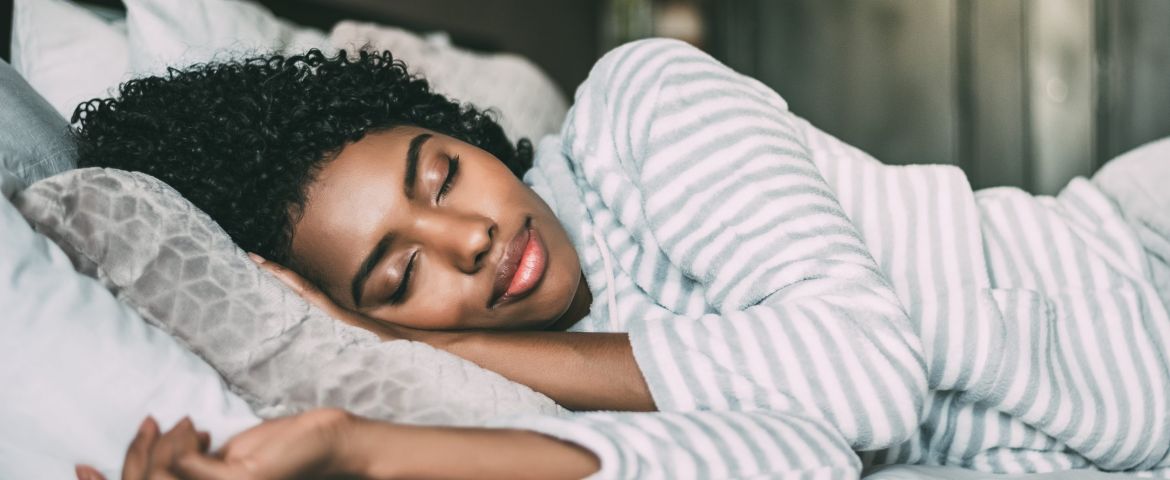It’s hard to think of an aspect of your life that hasn’t been impacted by COVID-19. When will I go back to work? Will the kids go back to school this fall? When will things start getting back to “normal”? These questions can surely make sleeping soundly a difficult task.
Thankfully, this does not always have to be the case. Here are some ways to decompress from your worries come nighttime so you can get the rest your body needs.
-
Find consistency.
We often hear the phrase “consistency is key,” and nowhere is that more important than with sleep. Find a regular bedtime and wake time and try your best to stick to them. Be sure to pay attention to circumstances, though. If your regular bedtime of 9 p.m. rolls around and your worries are especially high, it might be smarter to wait before you crawl into bed and give yourself a chance to soothe or relax yourself until you feel ready to sleep comfortably.
Also be cautious of adding daytime naps to your sleep schedule. A quick power nap can do the trick, but anything longer can complicate your patterns.
-
Unplug and unwind.
Right now, it’s easier than ever to find yourself in a rabbit hole with news. Headlines and articles seem to constantly change, and it can increase anxiety. While it’s good to stay informed, try to save your news catchups for during the day. Set designated daytime check-ins that won’t impact your bedtime routine. Many believe that leaving out news while you’re winding down for bed is a key component to getting better sleep.
To help put yourself at ease, engage in quieter, calming activities before bed like reading, meditation or listening to relaxing music.
-
Use your bed for sleep only.
If you’re working from home right now more than normal, it may seem like a luxury to stay in your PJs all day and power up your laptop as soon as your alarm goes off. While it’s tempting to work while snuggled up in your bed for a short period of time or if you’re not feeling well, experts recommend creating a designated office space for working from home on a regular basis. And use your bed for sleep only.
To make your space fit for the best sleep try frequently changing your sheets and fluffing your pillows or using relaxing linen spray to create a comfortable and inviting bed made for sleep.
Having trouble sleeping? The sleep pros recommend not spending more than 20 minutes tossing and turning in bed. Instead, get up and do something relaxing in a low light, then come back to bed when you’re ready to fall asleep. If you share a bed with a partner, they’ll thank you for this courtesy.
-
Let the light in (sometimes).
Light can play a big part in a healthy night’s sleep. Exposure to natural light when you wake up helps regulate the body’s sleep schedule, so be sure to get your fix of it throughout the day, even if that means simply opening a blind or window.
Be wary of light from screens as they can interfere with the sleep-inducing process. Experts agree that you should set your phone or tablet down at least an hour before you start settling into bed.
-
Try some mental flossing.
It’s no secret that there’s an important mental component to sleep, but how do you find that perfect balance? While the times may be crazy, there are more resources than ever to help get your mind settled. Apps like Headspace and Calm allow you to practice meditation and mindfulness while prepping for a restful night. Some of these apps can even factor in during your set bedtime. Inhale COVID worries, exhale peaceful breathing and gear up for good rest.
Sleep is a unique process for everyone, so test out different, healthy methods of getting a good night’s sleep amidst this pandemic and all of life’s other stressful events. If you’re having persistent issues with getting at least 6-8 hours of quality sleep per night, be sure to contact your doctor for additional options—from sleep studies to medication.


